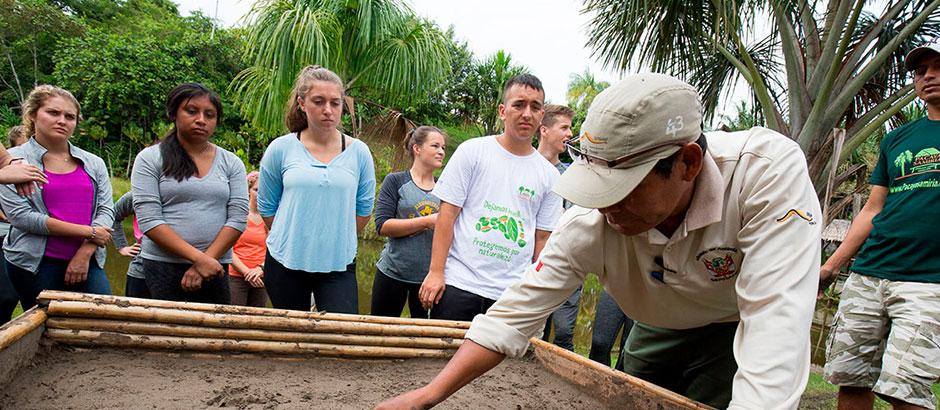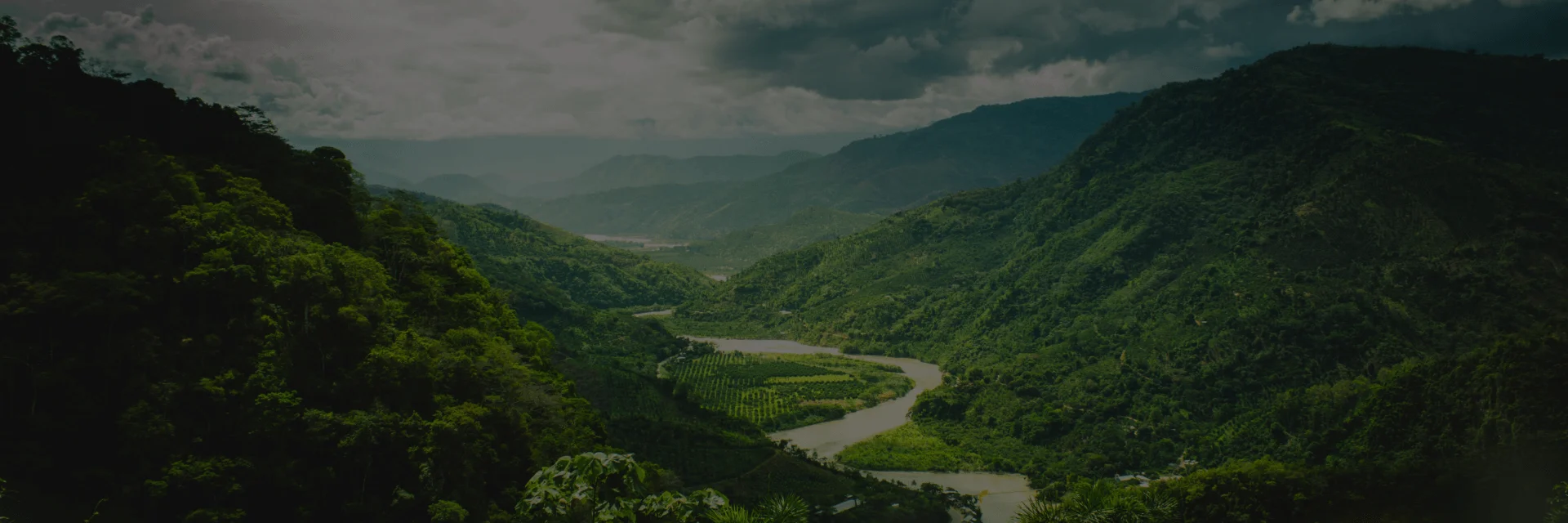Location
Districts: Nauta, Parinari, Urarinas, Lagunas, Sarayacu, Maquia, Puinahua, Requena, Jenaro Herrera, Sapuena, Fernando Lores and Alto Amazonas. Provinces: Alto Amazonas, Ucayali, Loreto and Requena. Region: Loreto.
 Search in Map
Search in Map
 Alerts
Alerts

The rivers that run through the Pacaya Samiria National Reserve, wastewater and drinking water, contribute to creating one of the most amazing ecosystems on the planet: the Amazon floodplain forest, a succession of rising and receding water channels regime favor the presence of inlets, islands, lakes, and beaches where it is possible to observe manatees, dolphins, giant otters, alligators, taricayas, felines, monkeys and much more. The fauna and flora of Pacaya Samiria is spectacular.
Explore the great biodiversity of these forests:
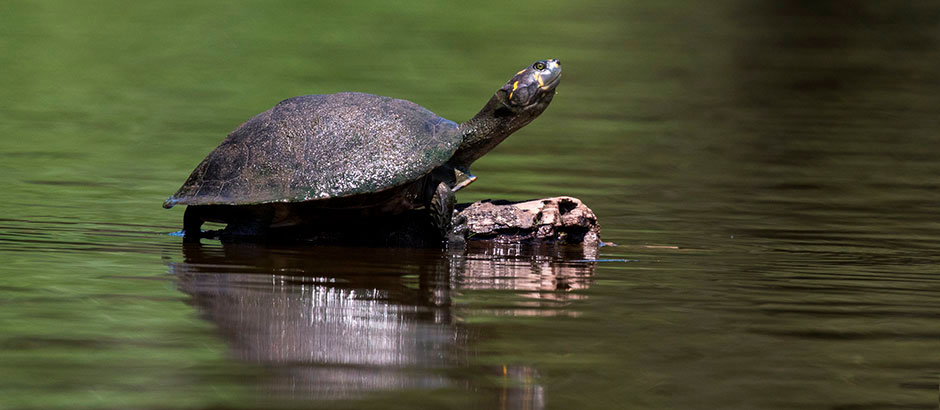
The mirror effect produced by the sediments of its rivers defines the name by which the area is also known: “The jungle of mirrors.” Indigenous and mestizo populations live in the reserve, dedicated to paiche fishing, assisted reproduction of taricaya turtles and other traditional activities.

Districts: Nauta, Parinari, Urarinas, Lagunas, Sarayacu, Maquia, Puinahua, Requena, Jenaro Herrera, Sapuena, Fernando Lores and Alto Amazonas. Provinces: Alto Amazonas, Ucayali, Loreto and Requena. Region: Loreto.

2,080,000 hectares.

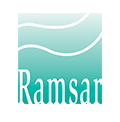

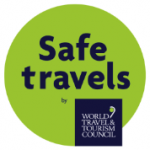
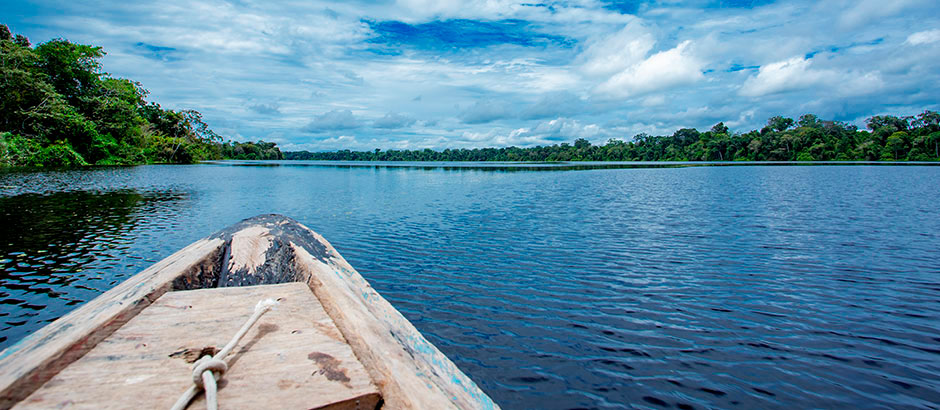
Monday to Sunday from 5:00 to 19:00 h.
| VALID FOR 1 DAY | VALID FOR 2 TO 3 DAYS | VALID FOR 4 TO 30 DAYS |
|---|---|---|
|
General National Locales2 |
General National Locales2 |
General National Locales2 |
¹ Children from 5 to 16 years old. Children under 5 years old get free admission.
² Local residents with presentation of ID.
There are no promotions at the moment.
Head of the PNA
| By air | Section: Lima - Iquitos. Means of transport: commercial line. Distance / time: 1 hour and 45 minutes. |
| By land | Section: Iquitos - Nauta. Means of transport: bus. Access road: paved road. Road condition: good. Distance / time: 104 km / 2 hours. |
| By water | Section: Nauta - Checkpoint N°1- Yanayacu Pucate Basin RNPS. Means of transport: motorboat (3 hours) and slide boat (1 hour). Distance / time: 4 hours. |
| By water | Section: Nauta - Checkpoint N°1 - Samiria Basin RNPS. Means of transport: slide boat. Distance / time: 4 hours. |
| By water | Section: Nauta - Checkpoint N°1 - Pacaya Basin RNPS. Means of transport: motorboat (48 hours) and slide boat (8 hours). Distance / time: 56 hours. |
30 minutes from the city of Nauta. The area as a whole is home to 20 ponds, the most prominent being the so-called Cocha de Pona. Throughout the route you can see various species, plant formations and, at night, numerous alligators.
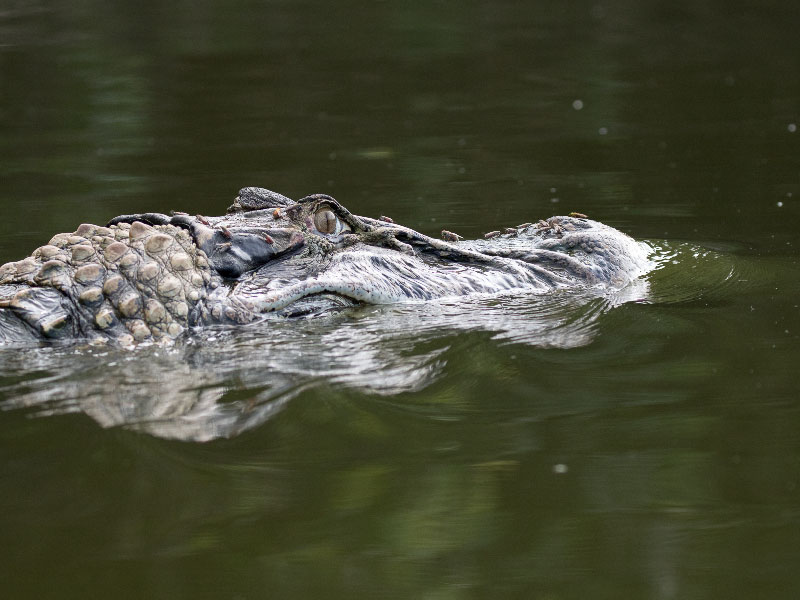
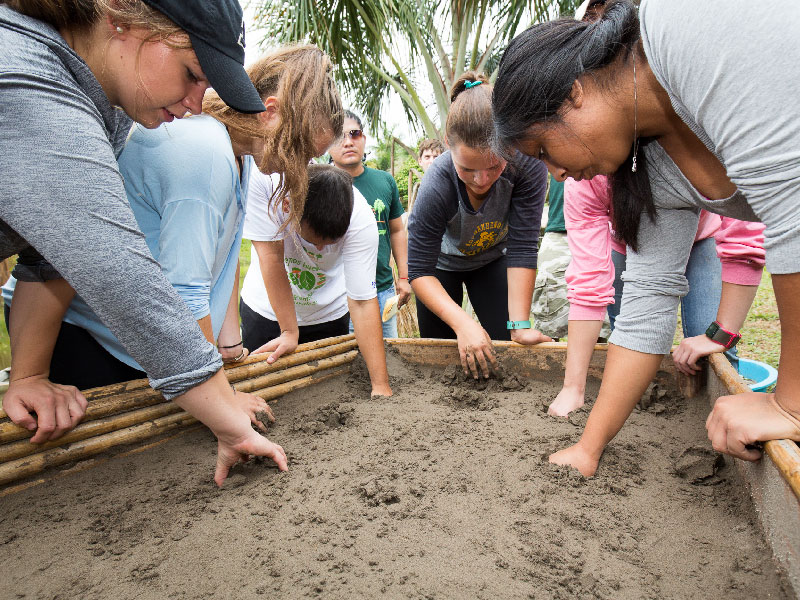
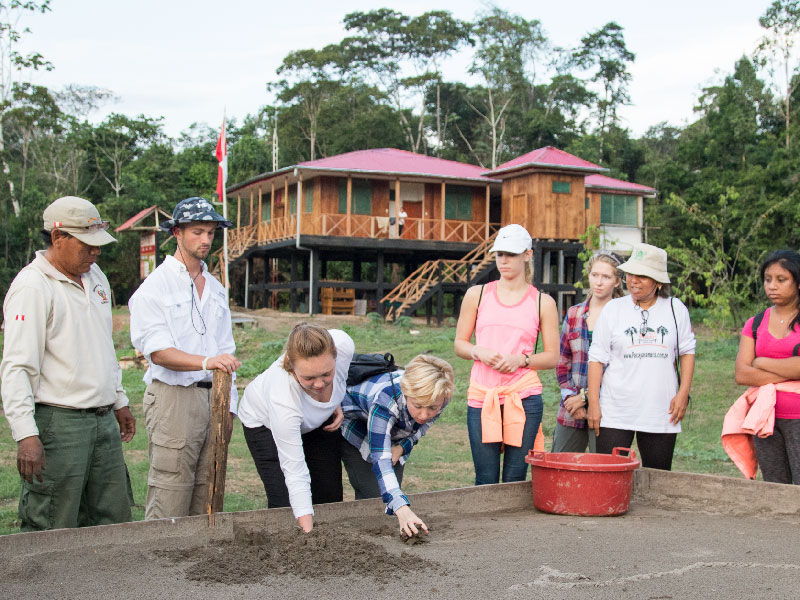
1 day
Also find out which operators have the Aliados por la Conservación brand here
This is the most frequent entrance to the reserve and allows you to tour the Yanayacu River basin. Visit the community of Yarina and its surroundings, where there are several streams and streams, where you can observe wildlife.
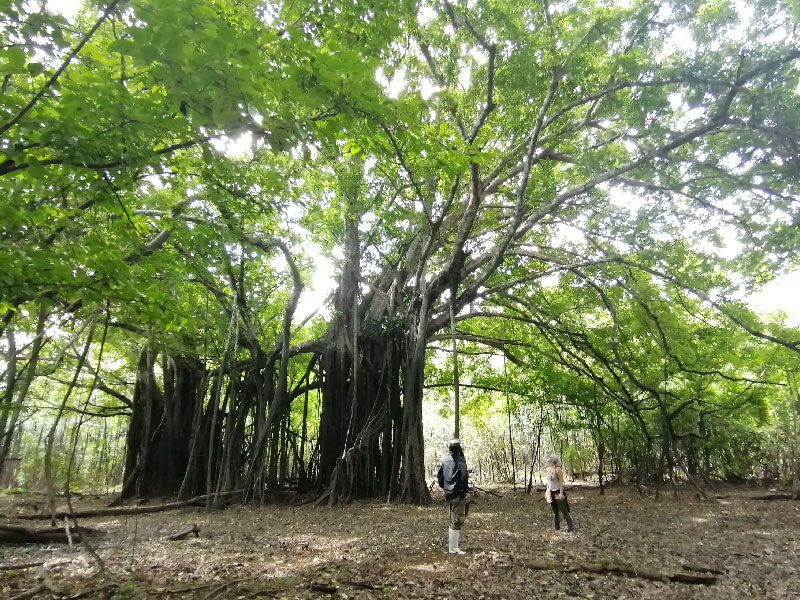
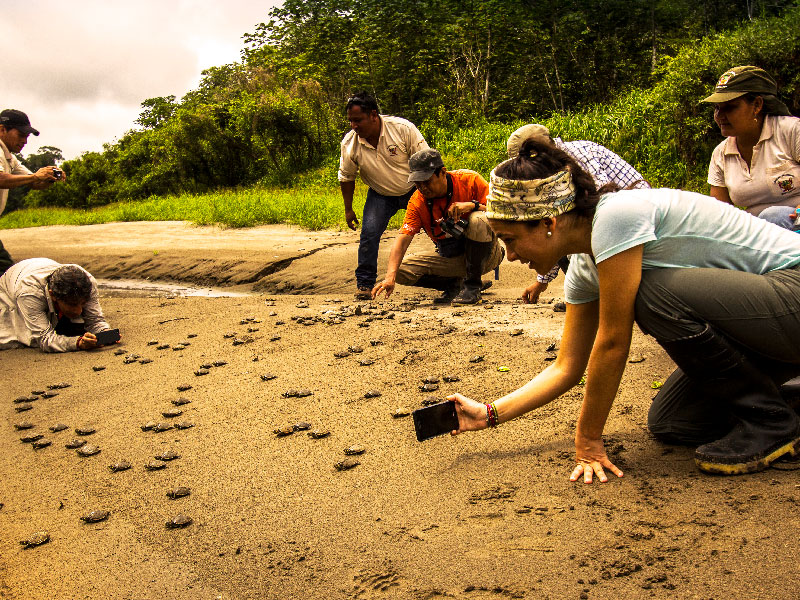
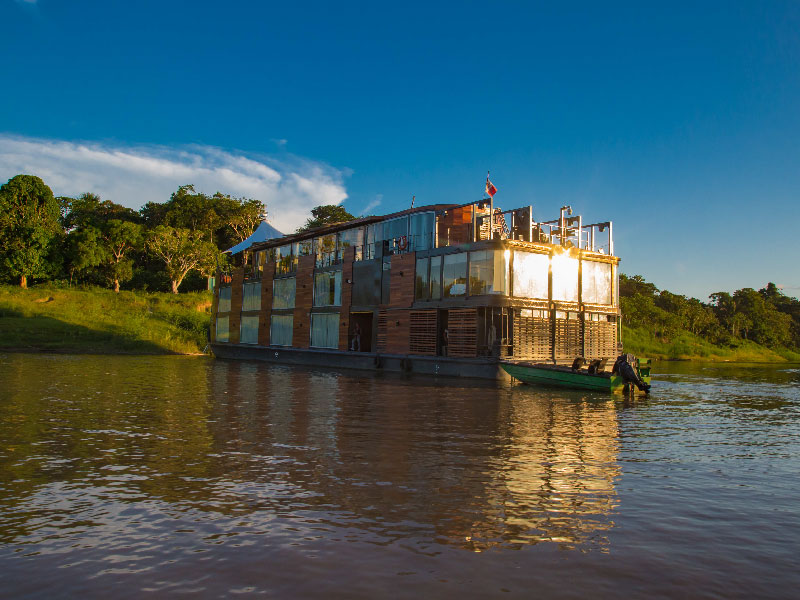
3 days
Also find out which operators have the Aliados por la Conservación brand here
A beautiful lagoon at the beginning of the Yanayacu-Pucate basin. Here, the community members of Manco Cápac carry out various tasks of conservation and sustainable management of species such as paiche, arahuana and taricaya. It is one of the best places to watch birds and observe pink dolphins.
Means of transport: wooden boat, motorized boat, and slide boat. Distance / hours: approximately 147 km / 8 hours.
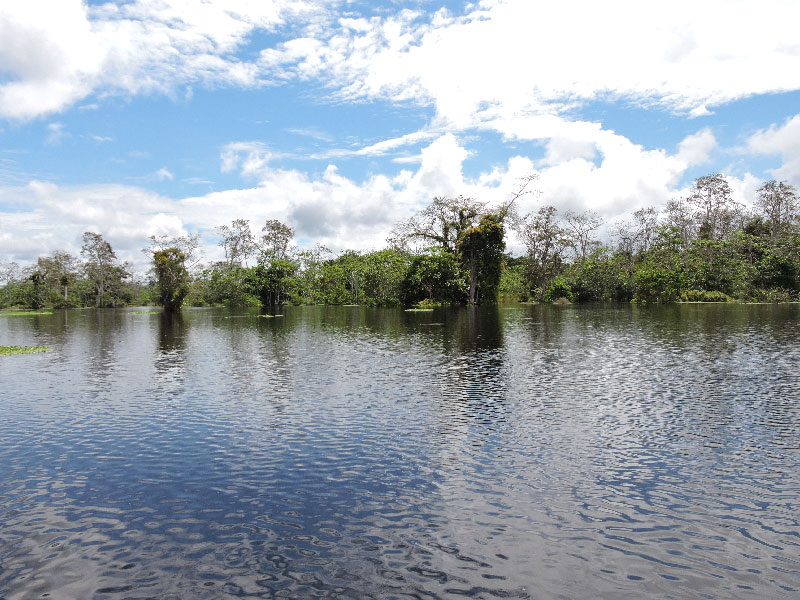
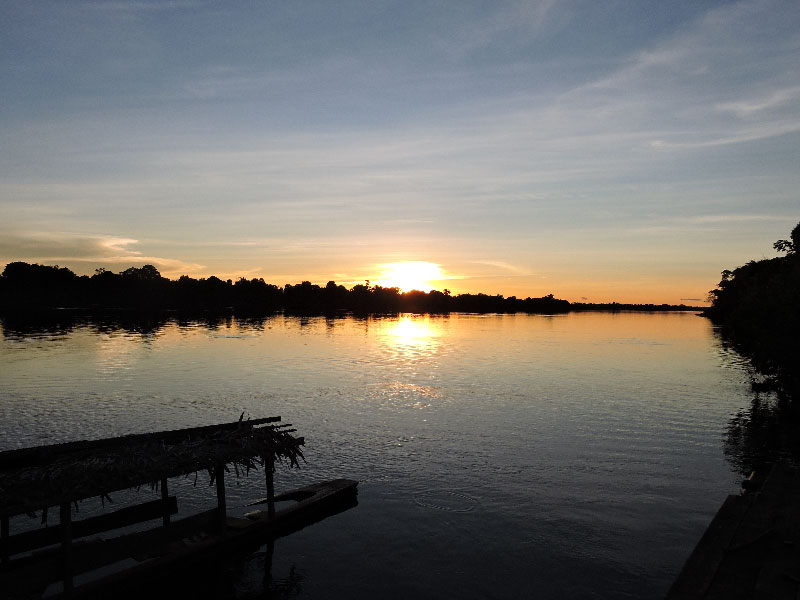
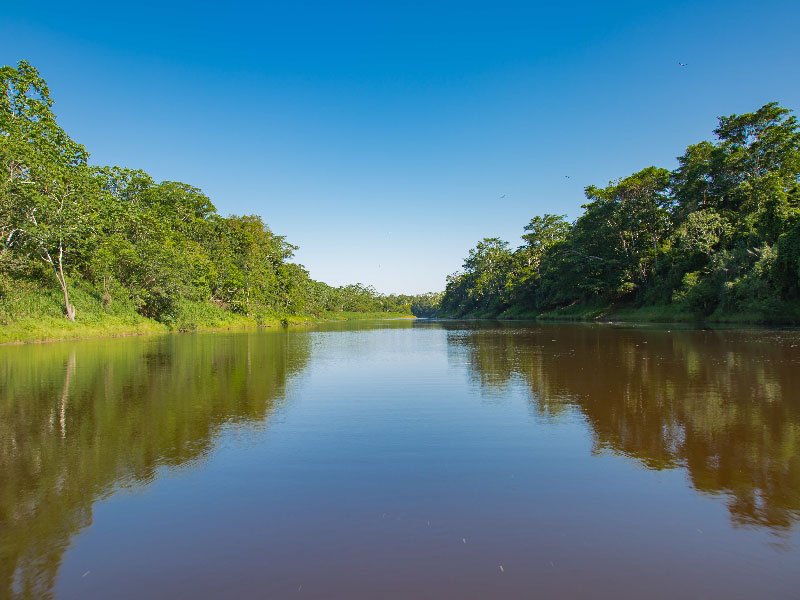
Also find out which operators have the Aliados por la Conservación brand here
Río Pacaya (River): there are numerous ponds and during the receding period it is possible to observe large concentrations of aquatic birds. On the banks of the ponds, streams, and inlets it is common to observe monkeys of different species and diverse birds. Dolphins and alligators are common in its waters.
Means of transport: wooden boat, motorized boat, and slide boat. Distance / hours: 52 km approximately / 2 hours.

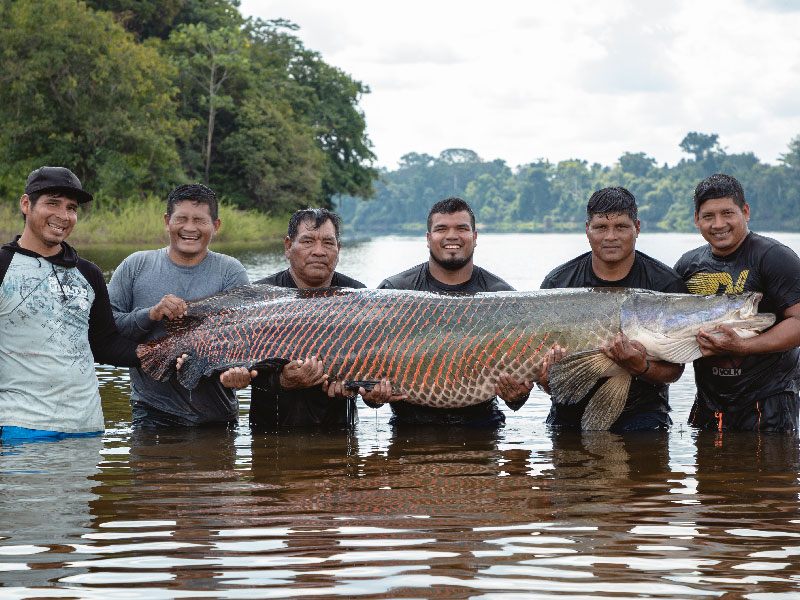
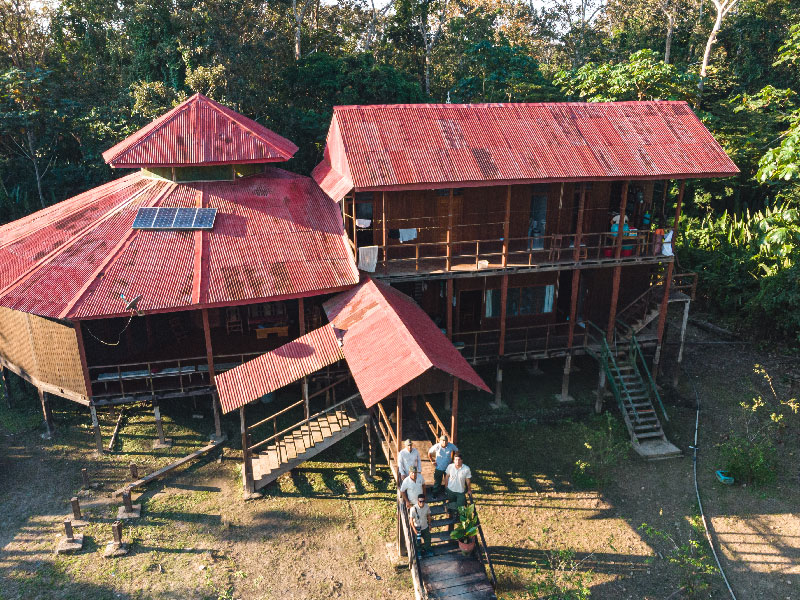
Also find out which operators have the Aliados por la Conservación brand here
It is entered through the San Martín de Tipishca sector, by the Marañón river from Nauta. The Kukama community has trails and various facilities for visitors. The basin has several ponds, such as Yarina, Shirui and Ungurahui. Along its route, numerous ponds, inlets, and streams can be seen, observing monkeys of different species, macaws and, in the receding season, numerous waterbirds.
Means of transport: wooden boat, motorized boat, and slide boat. Distance / hours: approximately 147 km / 4 hours.
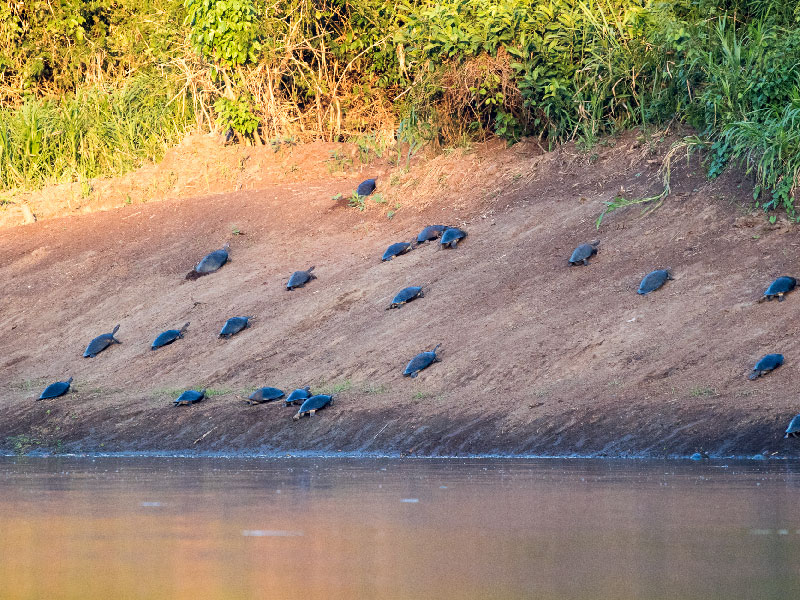
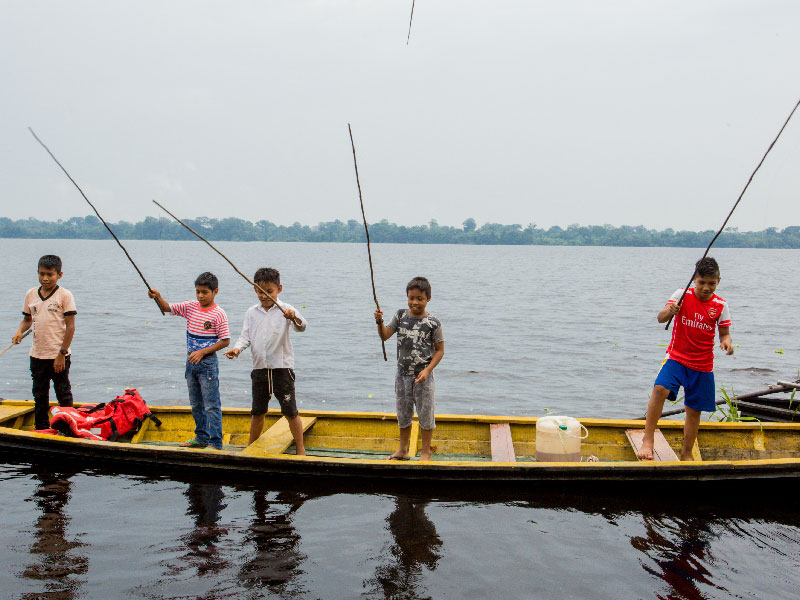
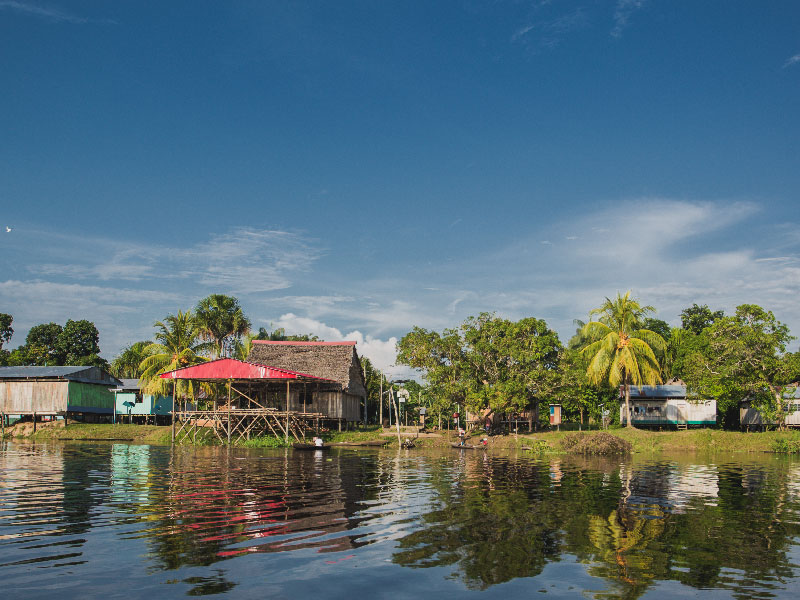
Also find out which operators have the Aliados por la Conservación brand here
Visited from the community of Lagunas, on the Huallaga river. Tibilo ravine is traveled in small canoes and the nights are spent in camps. Monkeys and various birds are observed. The presence of numerous palms stands out: especially, aguaje.
Means of transport: wooden boat. Distance / hours.24 hours.
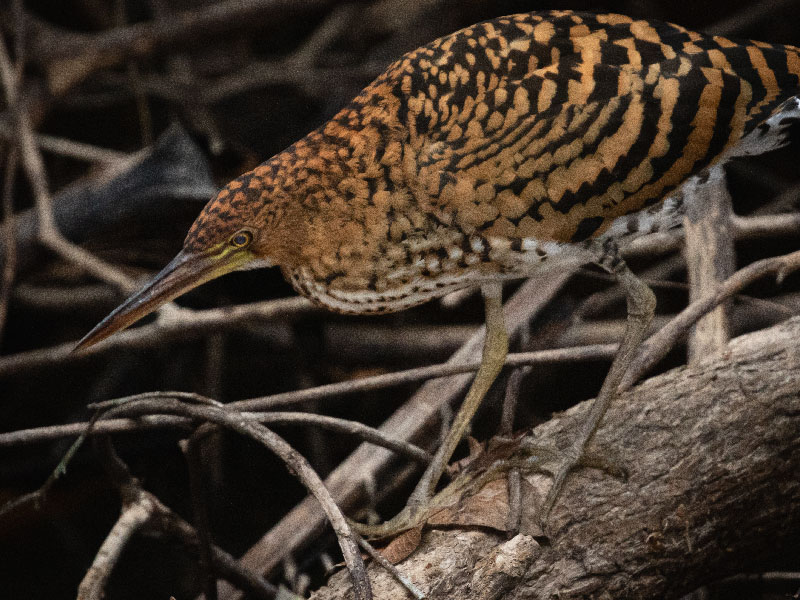
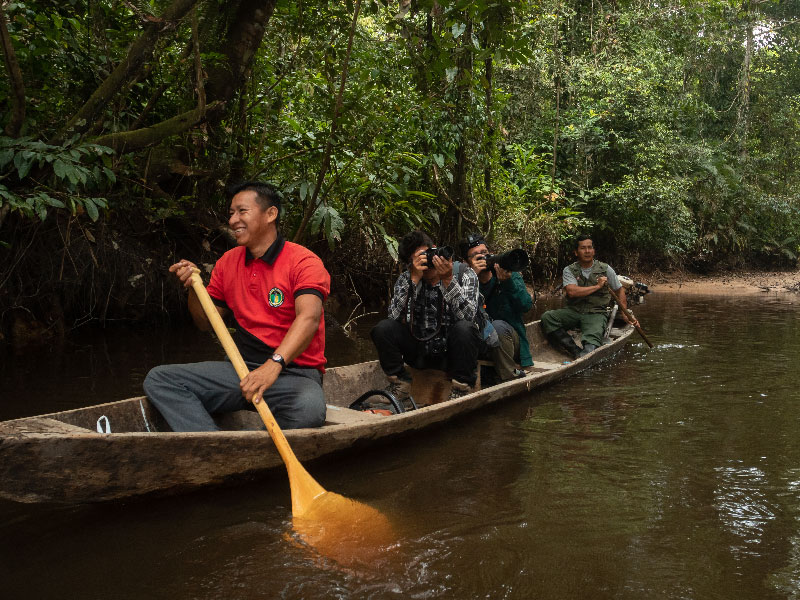
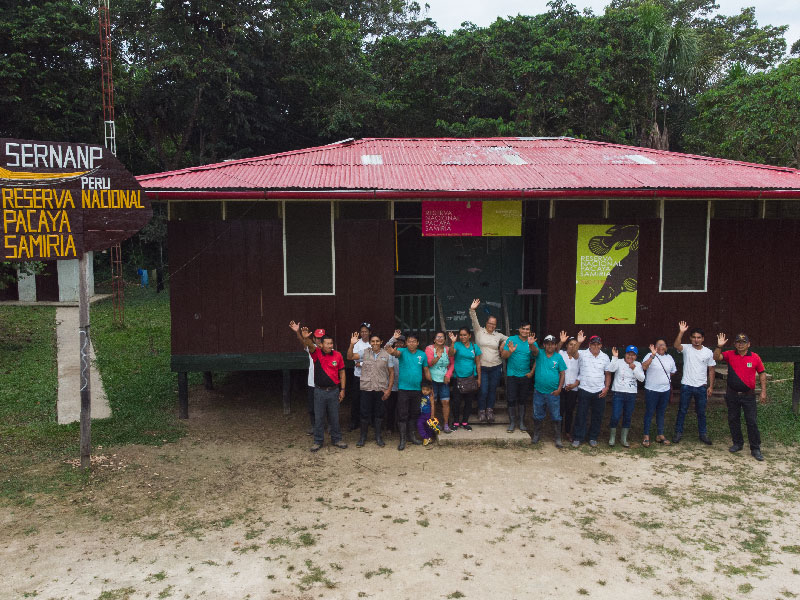
Also find out which operators have the Aliados por la Conservación brand here
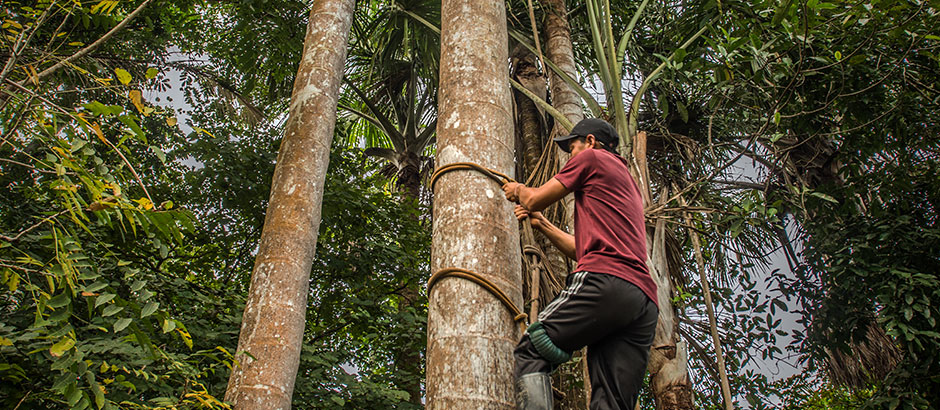
The Pacaya Samiria forests are home to one of the largest aguaje associations in the Peruvian Amazon. Aguaje is a palm whose fruits serve as food for individuals and animals. The life of black caimans, anacondas, tapirs, owls, macaws and even carachamas, among other inhabitants of the flooded forest, depends on the aguajales. They are also the tree associations with the greatest capacity to accumulate terrestrial carbon: three to five times more than any other tropical ecosystem.
